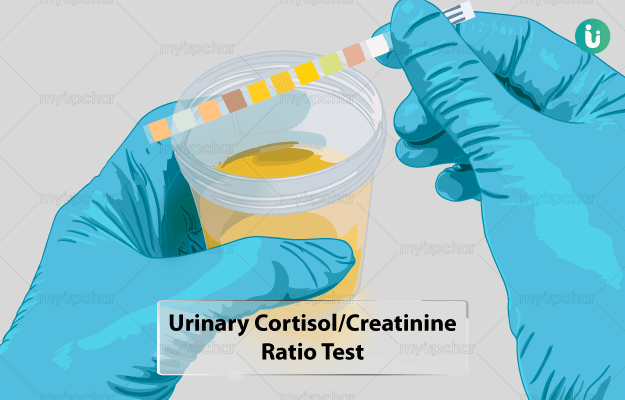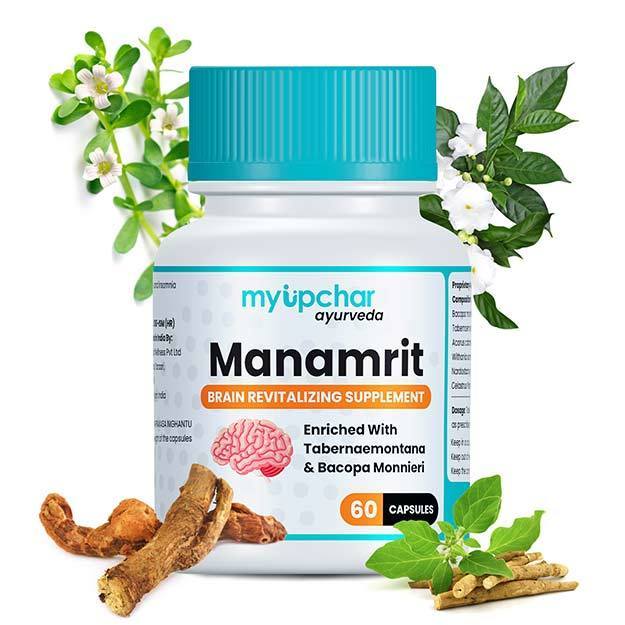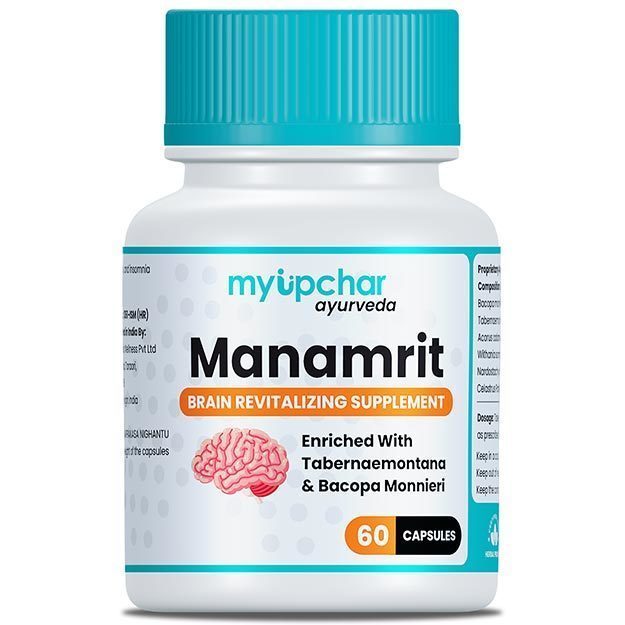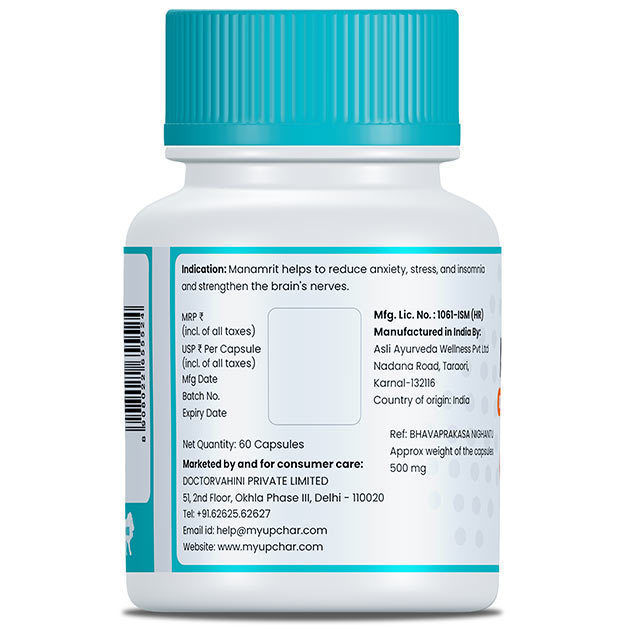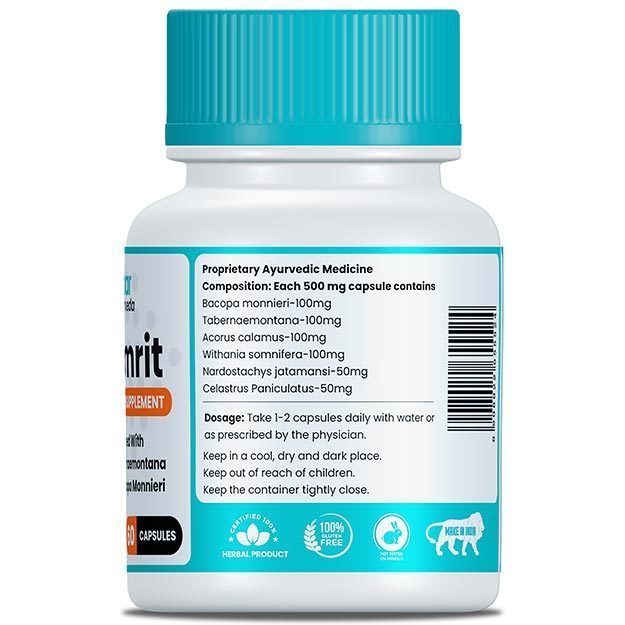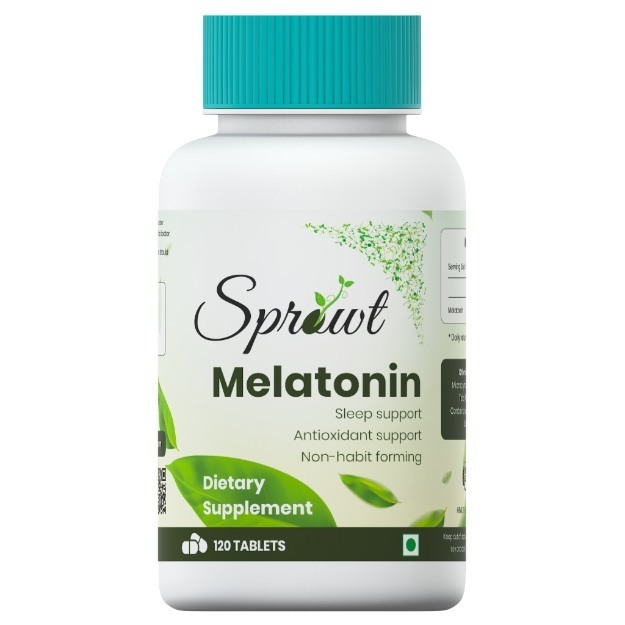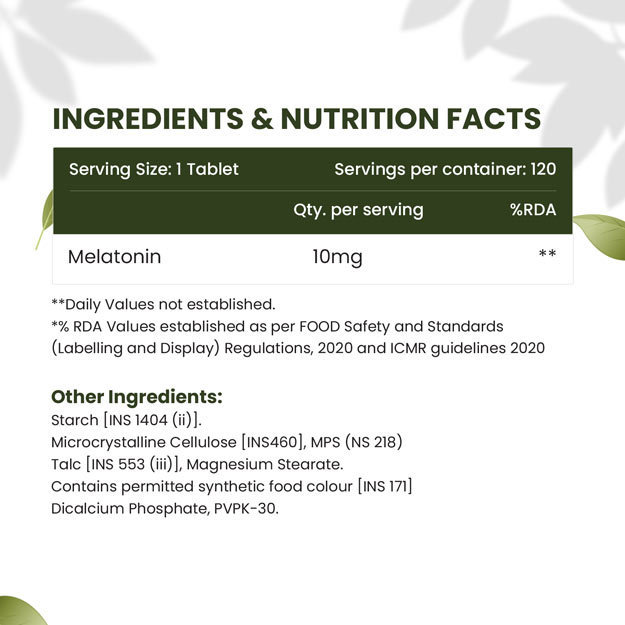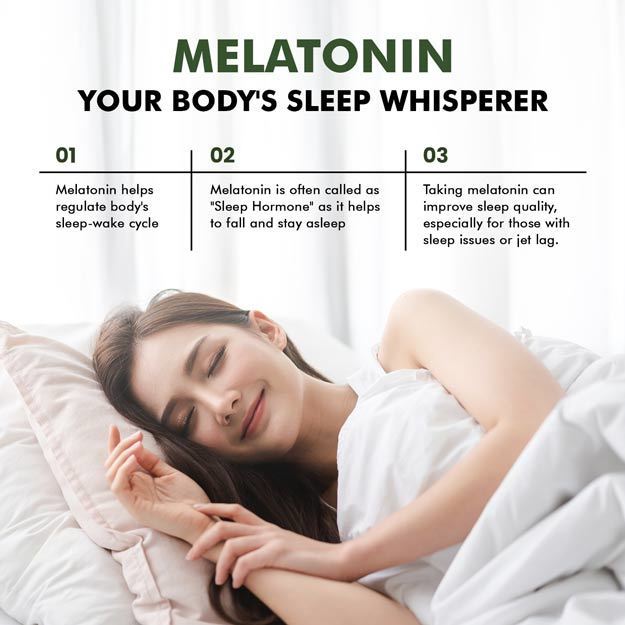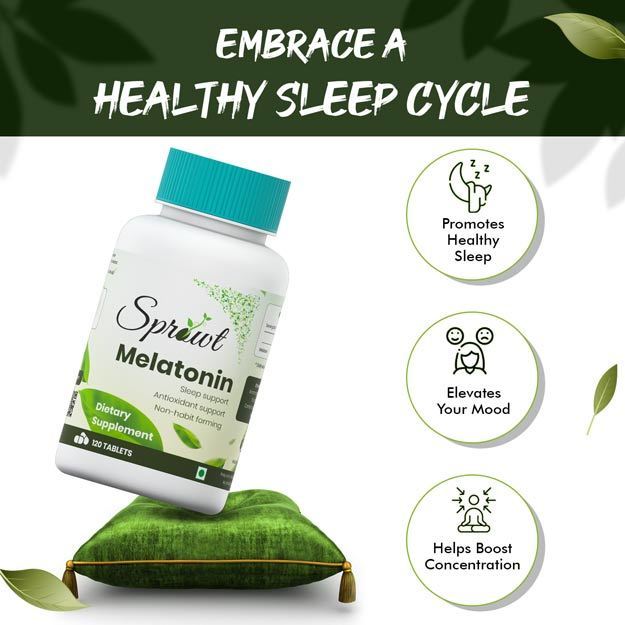What is Urine Cortisol/Creatinine ratio?
The urine cortisol/creatinine ratio test is employed to calculate the levels of cortisol in the body.
Cortisol is a steroid hormone produced by the adrenal glands - tiny glands located on the top of kidneys. The secretion of this hormone is controlled by the HPA axis - a combination of adrenal gland and the hypothalamus and pituitary glands in the brain.
Cortisol performs various functions in the body. It aids in memory formation, helps regulate metabolism, salt balance and plays an important role in controlling blood pressure and blood sugar levels. Cortisol also helps in the development of the foetus in pregnant women.
But most importantly, cortisol is the fight and flight hormone of the body. It is released into the blood in response to stress or a stressful situation. In such conditions, cortisol exhibits the following effects:
- Control of blood pressure
- Regulation of metabolism to produce more glucose (a type of sugar)
- Reduction in inflammation
Having a high level of cortisol in the blood for a prolonged period can be detrimental to one’s health.
In a healthy person, cortisol levels are the highest during morning and the lowest during midnight. On the other hand, the levels of creatinine are almost always constant in the urine. Thus, creatinine acts as a standard to determine the normal concentration of urine, against which cortisol levels can be measured and calculated. Depending on the ratio, it can be determined if your body is producing excess cortisol.
Also, a 24- hours urine test is more commonly done to detect cortisol levels. This helps to get an average of the cortisol secreted throughout the day and hence gives more accurate results.
(Read more: Creatinine test)

